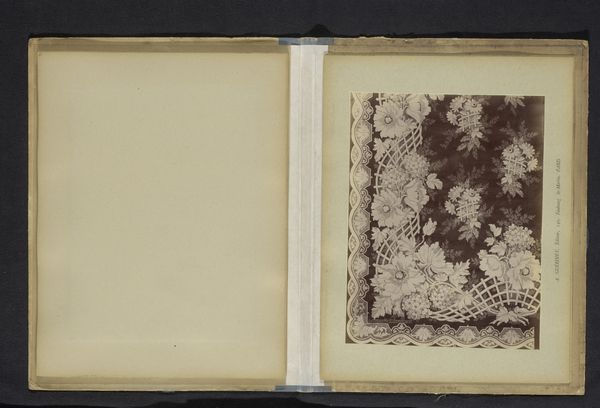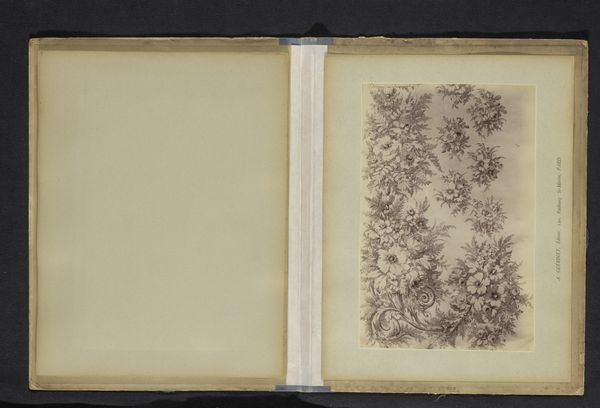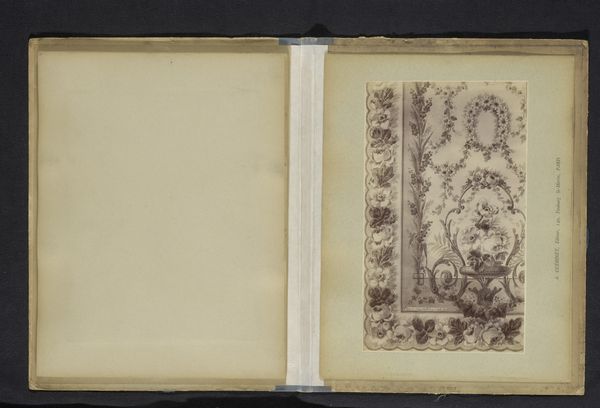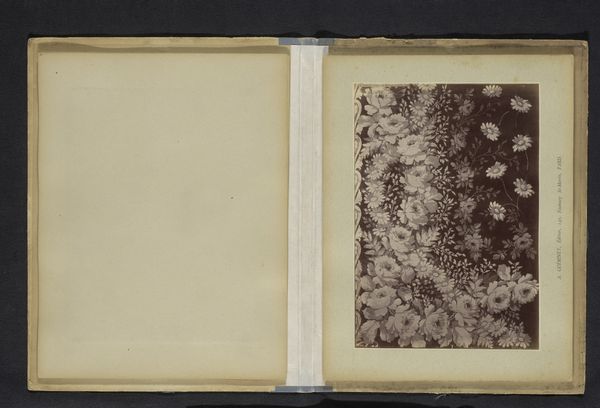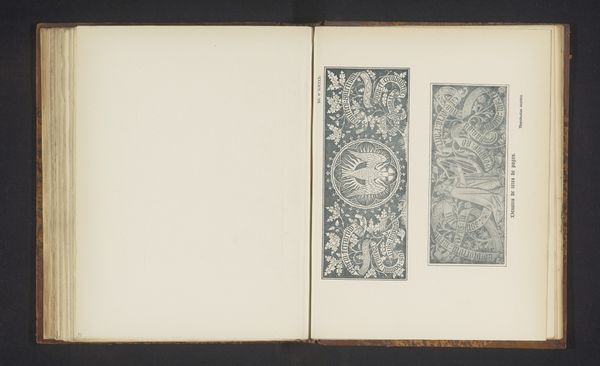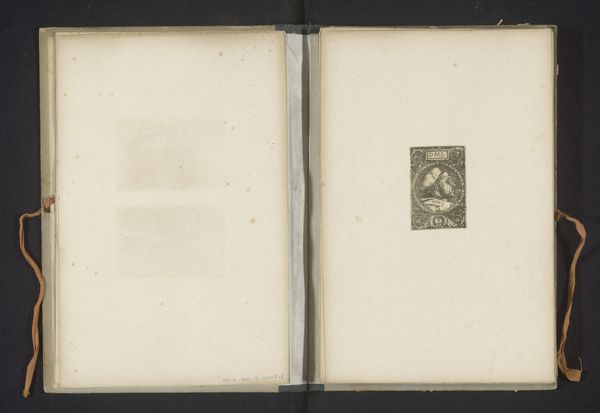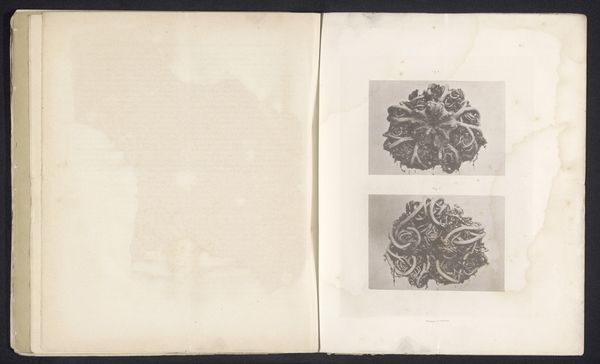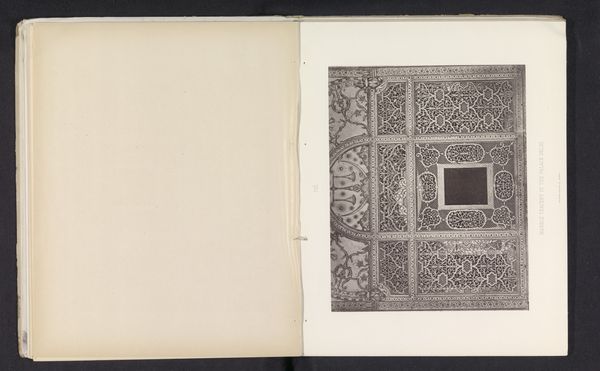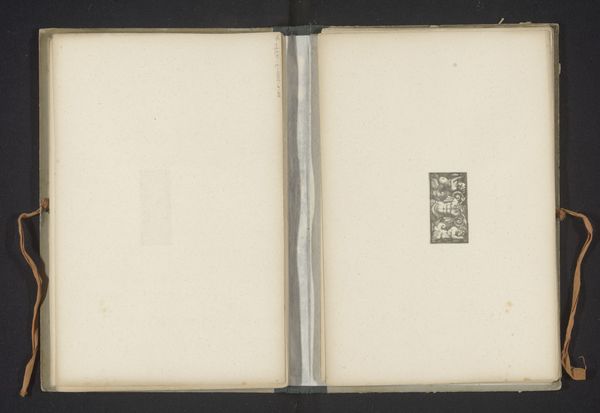
print, photography
# print
#
photography
#
coloured pencil
#
orientalism
#
decorative-art
Dimensions: height 242 mm, width 184 mm
Copyright: Rijks Museum: Open Domain
Curator: This "Fotoreproductie van een decoratief bloemenpatroon," predating 1900, presents us with an intricate ornamental floral design captured through photography, a striking example of decorative art and, dare I say, an echo of Orientalism. Editor: The level of detail achieved here is impressive, particularly for photography of that era. The sepia tones give it a certain romantic gravity, although there's something almost oppressive in its dense ornamentation, recalling patterned fabrics and their production contexts. Curator: Yes, the very act of capturing and reproducing this decorative pattern shifts our understanding of its purpose. The reproduction transforms a crafted pattern into something mass-producible, questioning the labour involved, the hierarchy of art forms and of the artists creating them. It becomes a powerful statement on societal values. Editor: I agree. This transition reflects broader issues. Think about who had access to floral designs at this time and how their manufacture could speak of economic disparities, perhaps reflecting global inequalities of access to beauty and refinement based on labor? Curator: Exactly. This decorative art reminds us that even seemingly innocent floral designs can carry significant weight when viewed through lenses of class, labour, gendered artistry, and colonial consumption patterns. It reminds us of art’s complicated relation to historical hegemonies. Editor: Ultimately, this fotoreproductie is more than a document; it is an object of investigation. By analyzing its reproduction techniques and material impact, we gain access into the network of forces behind design and dissemination, giving rise to reflection about material inequities within cultures. Curator: So well stated. It makes me think differently about our role in exhibiting it here as well, ensuring visibility to what once may have remained hidden about such material culture. Editor: Indeed. This photograph allows us, as historians, to question aesthetics that historically concealed the structures underpinning art production and reception.
Comments
No comments
Be the first to comment and join the conversation on the ultimate creative platform.

